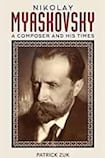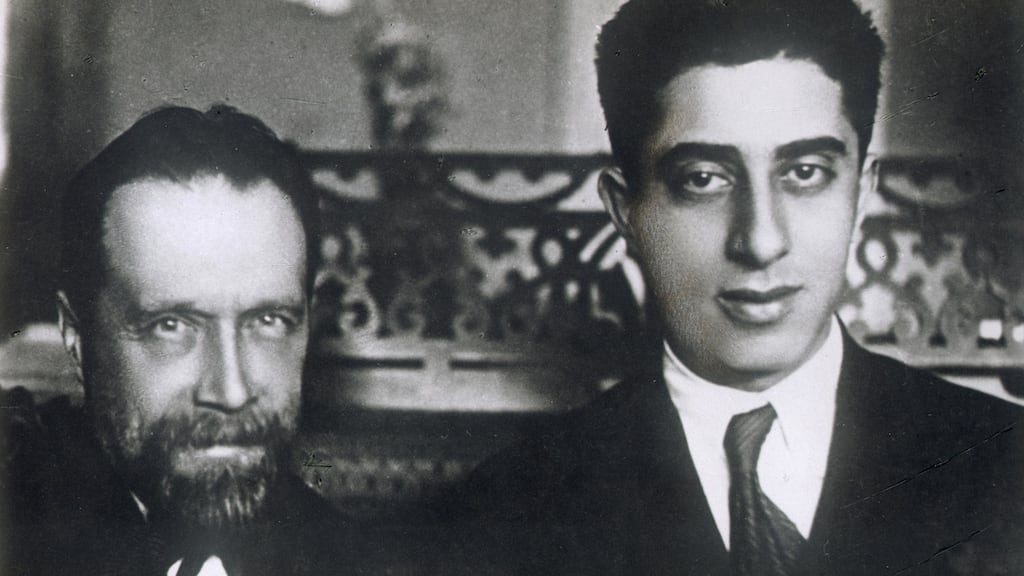
Nikolay Myaskovsky (1881-1950) is a composer whose music, until very recently, counted among the lost. As Patrick Zuk remarks at the outset of this compelling biography, he was nevertheless regarded as the foremost Russian symphonist of his generation by the end of the 1920s, and during his lifetime his works attracted the attention of many conductors both inside and beyond Russia, including Wilhelm Furtwängler, Leopold Stokowski and Yevgeny Svetlanov, who went on to record all 27 of Myaskovsky’s symphonies in a series reissued in the Warner Classics Svetlanov Edition in 2008.
Now comes this monumental study of the composer’s life and work, which for the first time (in English or Russian) affords Myaskovsky his critical due. This formidably detailed portrait of an introverted and reclusive artist draws on a wealth of archival materials in Moscow, St Petersburg and elsewhere in Russia to reveal (among much else) a life story of riveting interest which intersects at every turn with the history of Russia itself throughout the first half of the 20th century. Myaskovsky thus emerges not only as the “fourth man” of Soviet music (alongside his much better known contemporaries, Prokofiev and Asafiev, as well as Shostakovich), but as a writer of orchestral and chamber music of the very first magnitude.
Zuk’s marvellously engaging account steeps the reader in the fabric and felt life of late Tsarist and Bolshevik Russia. His harrowing chapters on Myaskovsky’s experiences as a military engineer during the Great War (1914-17) and in the aftermath of the Russian Revolution (1918-21) are alone worth the price of admission, to say little of his masterly retrieval of Myaskovsky’s career as a Soviet artist in the 1930s and 1940s.
Although this biography is constantly attentive to Myaskovsky’s creative estate (the symphonies in particular are both generously illustrated and vividly assessed in evocative prose that deliberately steers clear of jargon), its reach far transcends the boundaries of the music itself. It is for this reason that the book is bound to appeal to a readership interested in the political, social and cultural history of Soviet Russia, notwithstanding its sovereign engagement with Myaskovsky’s singularly tenacious development as an artist.
Even in his emerging years as a composer, while he struggled for time away from his duties as a civil servant to complete his third symphony (1913-14), Myaskovsky wrote to a friend that it was all he could do not “to do a bunk and open a symphony factory”. Although Zuk does not press the point, we might be tempted to compare Myaskovsky’s lifelong dedication to the symphony as an essential genre for his musical utterances (he took his cue in this regard from Tchaikovsky, to whose music he was unswervingly devoted) with Shostakovich’s far better-known cultivation of the same genre.
“At last, Joyce has his monument,” the Economist said of Richard Ellmann’s biography of James Joyce when it appeared in 1959. One is tempted to extend the same accolade to Zuk’s definitive study of Myaskovsky. It is a stellar achievement.
Harry White is professor of music at UCD and a fellow of the Royal Irish Academy of Music










